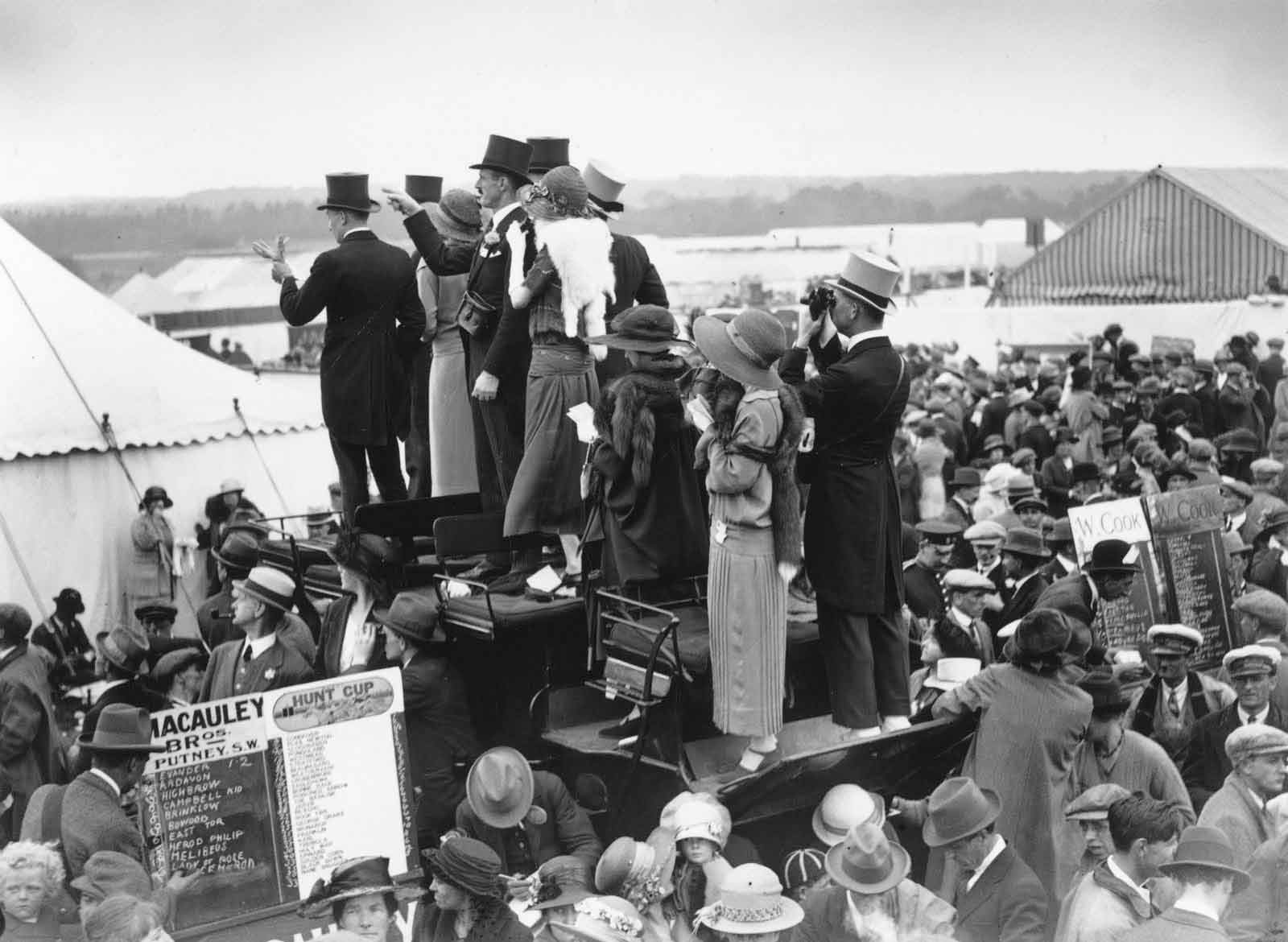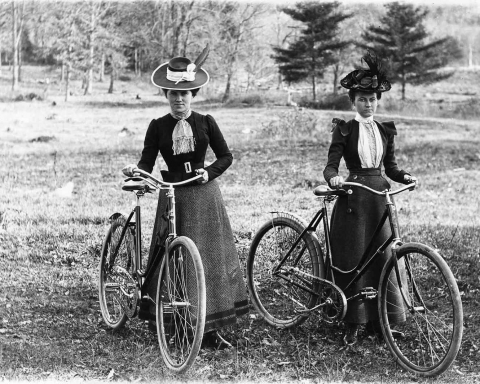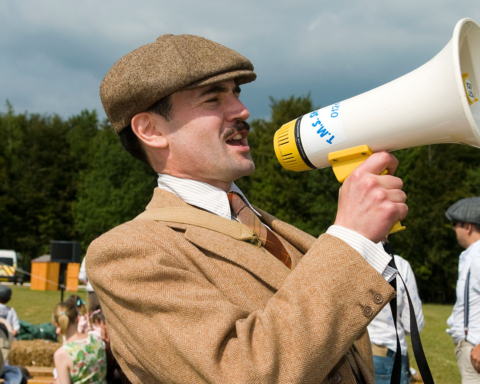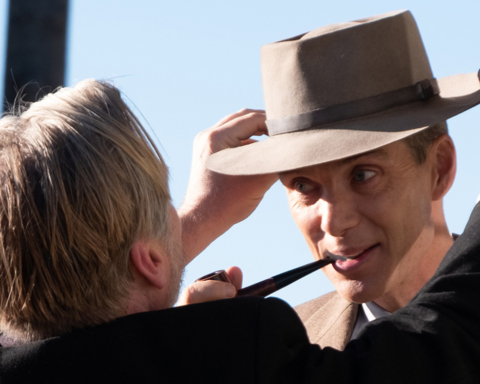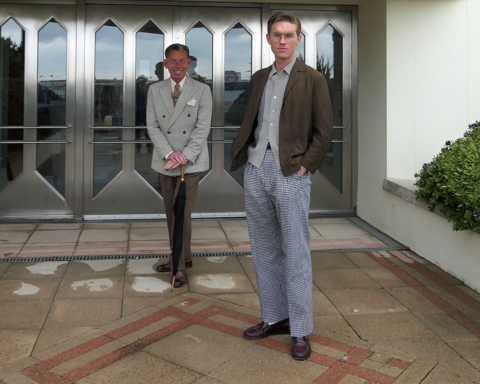Brigadier Gerard de Piercy:
There can be few sporting events in the calendar that delineate the lingering vestiges of the British class system as clearly as Ascot in June. Royal patronage of the meeting dates back to the purchase of Ascot Heath as a place to race horses by Queen Anne in 1711. A keen hunter in her youth, Anne had grown so repulsively obese by the age of 46 that she was unable to find a horse strong enough to carry her to go hunting. The queen was forced to find another way to indulge her passion for all things equine, hence the establishment of Ascot race course. The first meeting took place on 11th August 1711, with the running of The Queen’s Plate. A large train of carriages drove over from Windsor Castle, with the queen’s carriage at the head, thus establishing the tradition of the royal procession that survives to this day.
The inaugural race consisted of seven horses racing three times over a distance of approximately four miles, with only a few minutes respite between heats. In the early years of the race meeting, the emphasis was very much on stamina, rather than speed, and this tradition has also survived. Royal Ascot’s centrepiece race, The Gold Cup, is run over a distance of two-and-a-half miles and the meeting also contains the longest flat race in Britain, The Queen Alexandra Stakes (two and three-quarter miles).
“Ascot is the rallying point for all the nobility and gentry to pay homage to their beloved monarch and hear his remarks without reserve”
The 1813 Act of Enclosure established Ascot as a public racecourse and George IV, an enthusiastic punter and horse owner who regularly used to fix races in his favour, commissioned the architect John Nash (of Brighton Pavilion fame) to build a royal stand. Ascot became an annual opportunity for the lumpen proletariat to view the monarchy mixing with their subjects. As the historian Pierce Egan observed in 1832: ‘Ascot may be deemed the rallying point for all the nobility and gentry, for miles around Windsor, to pay homage to their beloved monarch and hear his remarks without the least reserve’.
Inevitably, given the ever-increasing crowds and huge sums of money being wagered, Ascot began to attract members of the London criminal fraternity and a host of other ‘undesirables’. A riot in 1799 had to be quashed by summoning the Light Horse Brigade from Windsor Castle and, in 1832, William IV was struck on the head by a stone hurled at him by a one-legged (and avowed anti-monarchist) ex-sailor named Dennis Collins, whom The Times memorably described as ‘a low profligate gaol-bird, rogue and vagabond’. Throughout the Victorian period, as the race course expanded and the crowds increased, there was a marked separation between royalty and the general public. Admission to the Royal enclosure was restricted only to persons who had been presented at court. Divorcees were not to be granted attendance vouchers and Queen Victoria famously barred actors and actresses.

By the early 20th century, the job of deciding who did and didn’t get a ticket was assigned to Viscount Churchill, an incorrigible snob who took to what was in essence a simple secretarial position with a tyrannical fervour. Churchill would patrol the royal enclosure, gleefully evicting anybody who had transgressed the conditions of entry. A wealthy American heiress in the 1920’s is alleged to have sent Churchill a blank cheque in the post stating he could ‘fill in any sum’ he saw fit. Churchill duly tried to have the woman charged with bribing a public servant and added her to his extensive blacklist of ‘people of undesirable character’ that he kept in the Ascot admissions office.
Although the bar on divorcees was relaxed in the 1960s (which is just as well, considering the marital discord in much of the present Royal family), entrance to the Royal Enclosure is still strictly controlled. A complex process exists whereby persons are proposed to the admissions committee by a sponsor, who must have attended Ascot for a minimum of four years.
The traditional dress code of formal morning wear was established in the late 18th century and has proved a point of some controversy in recent years. For the first time, the Ascot authorities have taken the liberty of issuing a ‘style guide’ for Royal Ascot 2012. When Ascot closed for a refurbishment in 2005, the Royal meeting was switched to York. Fearing that ticket sales would slump, Ascot Racecourse Ltd relaxed the draconian dress restrictions. Since returning to Ascot, however, it has been mentioned in some corners that there has been a marked slipping in sartorial standards. In a recent interview, Ascot press officer Nick Smith claimed that by ‘giving an inch some people had taken a mile’.
The Ascot style guide requests that gentlemen wear morning suits, waistcoats, top hats, shirt and tie (no cravats) and polished black shoes
The new style guide ‘kindly requests’ that gentlemen wear black or grey morning suits with waistcoats and top hats, shirt and tie (no cravats) and polished black shoes. Ladies are ‘respectfully reminded’ to wear formal day dress and that skirt length should be ‘knee length or longer’ and ‘strapless, off the shoulder, halter neck, spaghetti straps and dresses with a strap of less than one inch (2.5cm) are not permitted and midriffs must be covered’. Fascinators and head dresses are no-longer allowed in the Royal Enclosure and hats must cover ‘a base of at least 10cm of the head’. One intriguing regulation also requests that ladies ‘should wear knickers but they must not be visible’. Smith denies the obvious charge that this is Ascot’s age-old elitism flexing its muscles again, claiming that regular patrons of the racecourse were getting sick of people turning up ‘dressed for a day at the beach’.

The standard of racing is extremely high, with the top group races attracting entries from horses from all over the world. A big draw this year will be the first appearance in the UK of Australian superstar mare Black Caviar, winner of twenty consecutive races in her homeland. Black Caviar will be a short-priced favourite for The Golden Jubilee Stakes on Saturday 23rd June and providing she takes to English conditions she should win, as there is a paucity of high-class sprinters in Europe at present. The highlight of Ladies Day on Thursday 21st June is the Gold Cup and in keeping with the cosmopolitan flavour of the meeting, French stayer Dunaden has an outstanding chance. Dunaden has two notable international honours under his belt already having won Australia’s most prestigious race, The Melbourne Cup and The Hong Kong Vase in 2011 and can cement a reputation as the best stayer of his generation.
Legends of the Turf No. 3 of 32: Pretty Polly (1901-1931)(1902-1985)
 The epithet ‘Nation’s Favourite’ has been applied to many horses throughout the history of racing but few in truth have ever captured the imagination of the public or inspired such fervent adoration as the great Pretty Polly in the early 1900s. Winner of 22 of her 24 career starts, including twelve victories in pattern races, her only defeats came in controversial circumstances in France and in the 1906 Ascot Gold Cup.
The epithet ‘Nation’s Favourite’ has been applied to many horses throughout the history of racing but few in truth have ever captured the imagination of the public or inspired such fervent adoration as the great Pretty Polly in the early 1900s. Winner of 22 of her 24 career starts, including twelve victories in pattern races, her only defeats came in controversial circumstances in France and in the 1906 Ascot Gold Cup.
Her career began in 1904, with victories in the 1000 Guineas and The Oaks. Pretty Polly crowned her classic career by slamming St Amaut, a high-class colt and winner of both the 2000 Guineas and The Derby, in the St Leger and became only the fifth horse in history to complete the fillies Triple Crown. She continued to race as a four-year-old, winning the Coronation Cup at Epsom and the Champion Stakes at Newmarket. In her final start of the 1905 season, she won the Jockey Club Cup over 2 1/4 miles, defeating the champion stayer Bachelors Button in the process. After the race, losing jockey Danny Maher claimed that if the two horses met again at Royal Ascot the following year his horse would win, as Pretty Polly’s blistering speed would not last an extra 2 1/2 furlongs.
Thousands flocked to Royal Ascot to see the rematch during the sweltering heatwave of 1906. Pretty Polly’s seasonal preparations had been interrupted by illness, but she had shown her old swagger by winning a second Coronation Cup at Epsom two weeks previously in a record time. However, she became visibly agitated in the paddock, distressed by the throng of admirers and well wishers.
At the top of the straight, Pretty Polly loomed up behind Bachelors Button and looked set to win as an ecstatic crowd roared her home. But a hundred yards from the line she began to tire and, for the first time in 24 races, her jockey was forced to use the whip. Although she rallied gamely, she couldn’t get past Bachelors Button, who ran on to win by a length. Pretty Polly’s defeat was met with stunned silence by the enormous crowd. As J. Lechmere observed in The Times: ‘I have seen many races and many sensational results but nothing to equal the absolute silence when Bachelors Button passed the post the winner’. Danny Maher led his horse back into the winner’s enclosure and was verbally abused by a gaggle of women furiously affronted that he’d dared to beat the great Pretty Polly.

